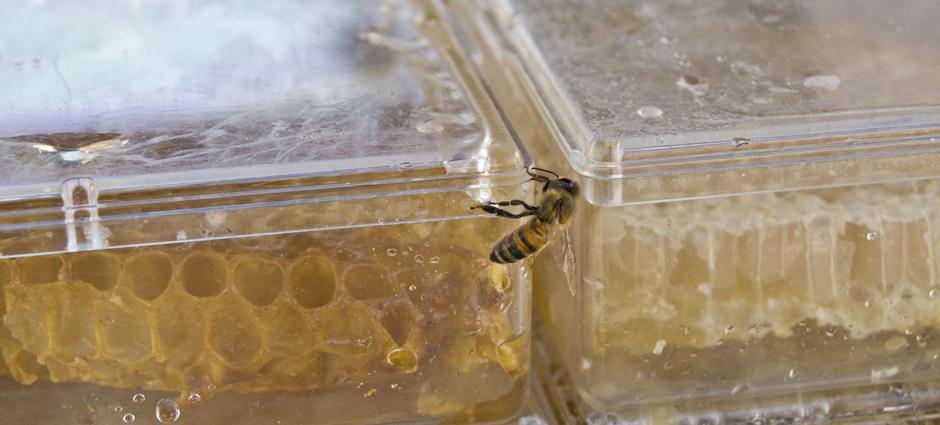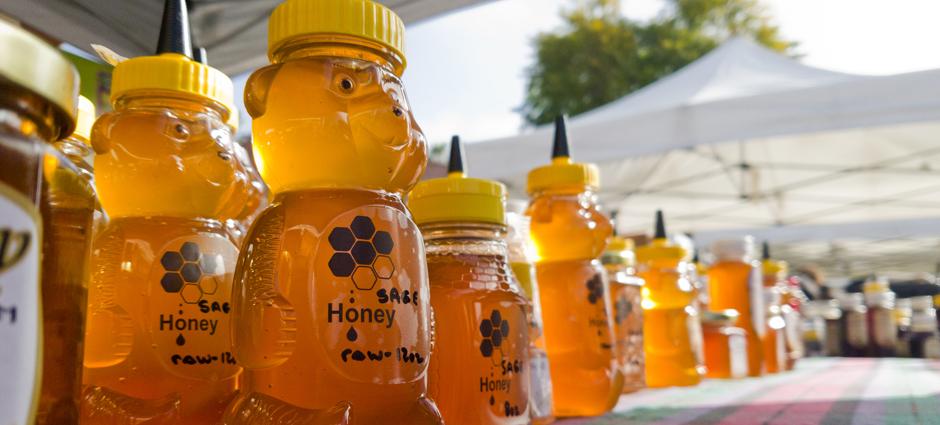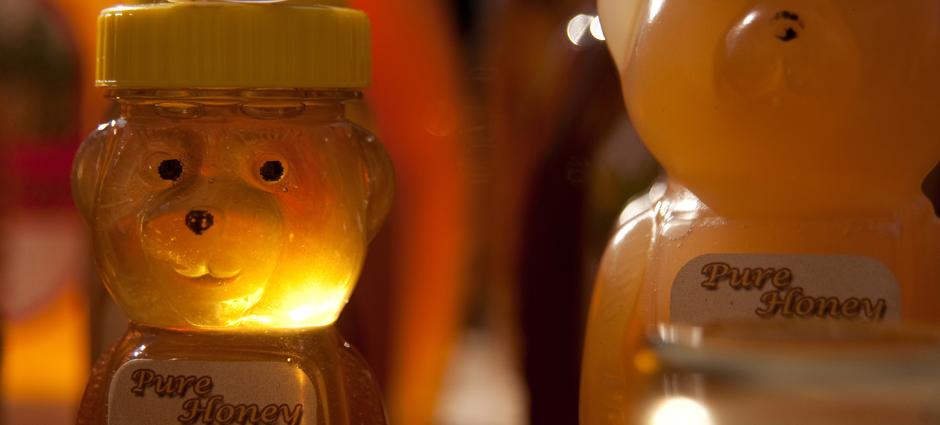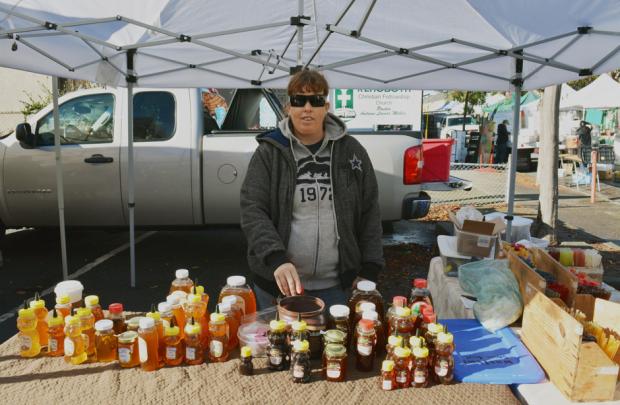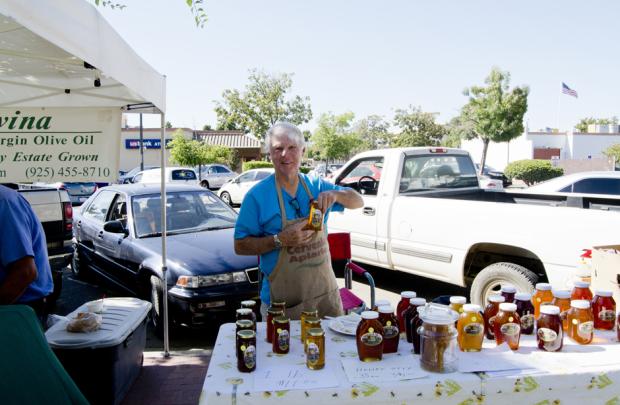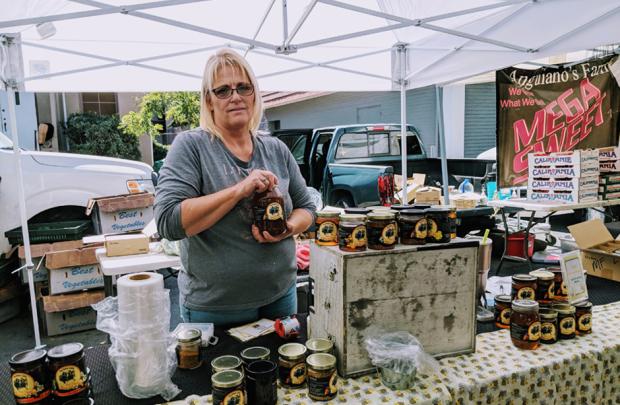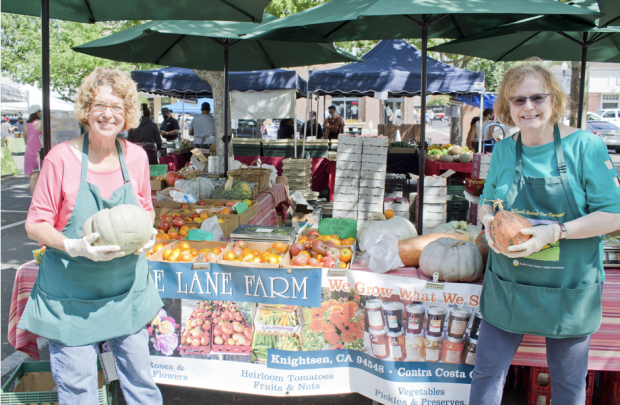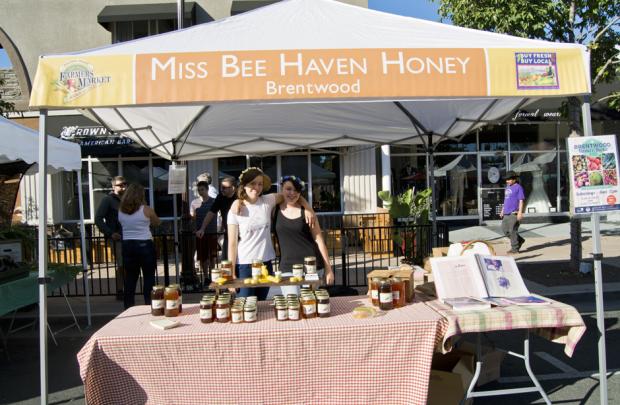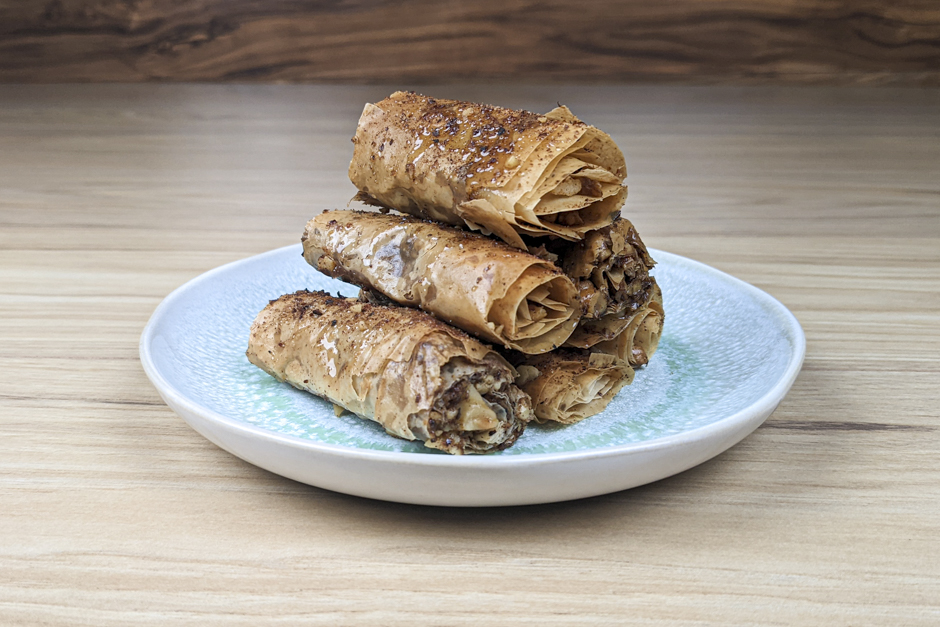Honey bees are the unsung heroes of the farmers’ market. They are responsible for pollinating most fruits, vegetables, and legumes. In fact, to produce a pound of honey, bees must visit some 2 million flowers. Those floral blossoms help create more than 300 varieties of honey ranging from clover and sage to blueberry and buckwheat. Floral source, location, and climate factors all affect the taste, color, and texture (viscosity) of honey. Its colors range from nearly colorless to deep dark browns. Each has its own distinct flavor ranging from delectably mild to impressively bold.
Honey is a wonderful source of quick energy and is also valued for its antioxidant properties. It is composed primarily of carbohydrates and water, and also contains small amounts of a wide array of vitamins and minerals, including niacin, riboflavin, pantothenic acid, calcium, copper, iron, magnesium, manganese, phosphorus, potassium, and zinc. Add it to your diet for a healthier alternative to other sweeteners.
Warning: Honey should never be fed to infants under one year of age. Honey is otherwise a safe and wholesome food for children and adults.
